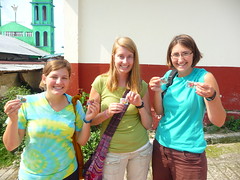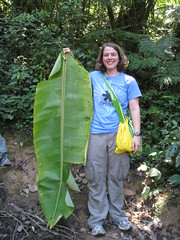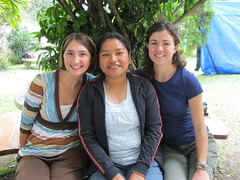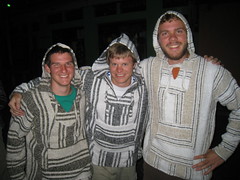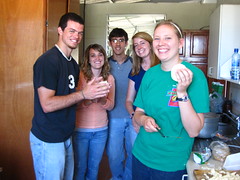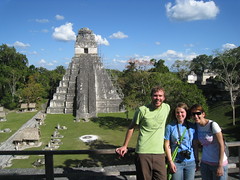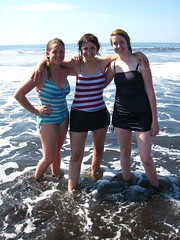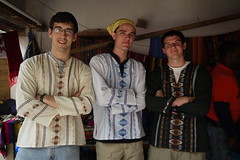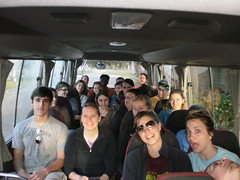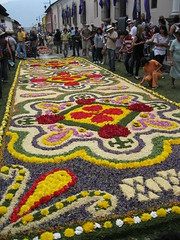 This last week, our FINAL week, we traveled out of Guatemala city and into the old, colonial capital of Antigua for Semana Santa festivities. During the week we stayed in the beautiful Lutheran Retreat Center … Continue Reading ››
This last week, our FINAL week, we traveled out of Guatemala city and into the old, colonial capital of Antigua for Semana Santa festivities. During the week we stayed in the beautiful Lutheran Retreat Center … Continue Reading ››
Holy Week in Antigua, Guatemala
 This last week, our FINAL week, we traveled out of Guatemala city and into the old, colonial capital of Antigua for Semana Santa festivities. During the week we stayed in the beautiful Lutheran Retreat Center … Continue Reading ››
This last week, our FINAL week, we traveled out of Guatemala city and into the old, colonial capital of Antigua for Semana Santa festivities. During the week we stayed in the beautiful Lutheran Retreat Center … Continue Reading ››
